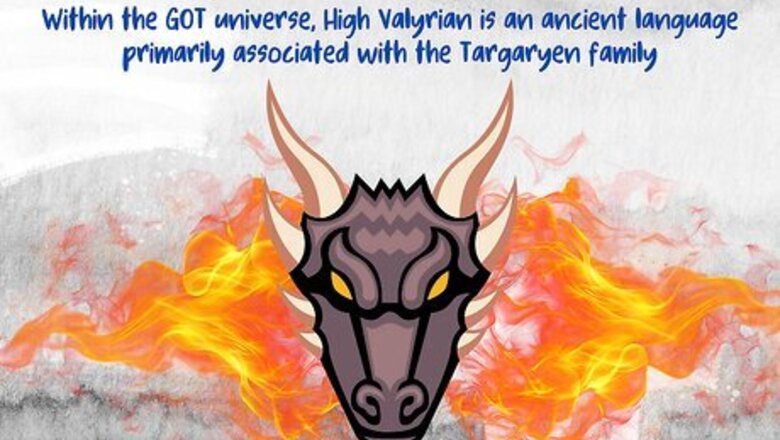
views
What is High Valyrian?
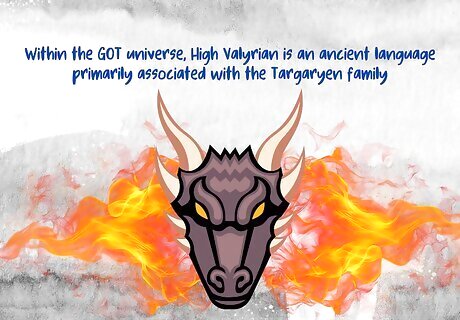
High Valyrian is a fictional language in the Game of Thrones series. Within the GOT universe, High Valyrian is an ancient language primarily associated with the Targaryen family, who originally came to Westeros from the Valyrian Freehold. The Valyrian Freehold was a great civilization that fell into ruin hundreds of years before the start of the show, so by the time the story takes place, very few people speak High Valyrian. There is also a language called “Low Valyrian” in Game of Thrones, which is meant to have evolved from High Valyrian after it fell out of use. Most of the characters in the series speak the “Common Tongue,” which sounds like the English language to the viewer.
Is High Valyrian a real language?
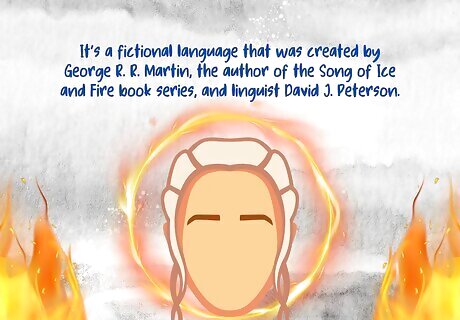
No, High Valyrian isn’t a real language. It’s a fictional language that was created by George R. R. Martin, the author of the Song of Ice and Fire book series, and linguist David J. Peterson. Peterson expanded upon the High Valyrian phrases in Martin’s novels in order to create a full, authentic-sounding language for the TV show. This makes High Valyrian a “conlang,” or a “constructed language,” which means that it was intentionally made up by someone, rather than evolving naturally. Peterson has stated that Latin and Greek have some similar sounds to those found in High Valyrian.
Although High Valyrian is a made-up language, it does function like a real one. Thanks to the work of Peterson, High Valyrian features many of the characteristics associated with real languages and it follows a consistent set of grammatical rules, which gives it an authentic sound. In fact, High Valyrian is such a complete language that people can actually learn it and become fluent in it, and there’s even a Duolingo course for this purpose! Here are some of the traits that make High Valyrian sound so “real”: High Valyrian has different noun cases, just like real languages. The 8 different cases in the language are: nominative, accusative, genitive, dative, locative, comitative, and vocative. It also has different grammatical genders (not related to biological sex), similar to Spanish or French. There are four in total: lunar, solar, terrestrial, and aquatic. High Valyrian is a “head-final” language, like Japanese. This means that within sentence structures, the head of the phrase comes after its complements (a noun comes after its adjectives, for example).
Which GOT characters speak High Valyrian?
Daenerys Targaryen As the last surviving heir of the dragon-riding Targaryen family, Daenerys is the last native speaker of High Valyrian, and she’s also fluent in Low Valyrian/Bastard Valyrian (the more modern language that evolved from High Valyrian). In the series, Daenerys calls Valyrian her “mother tongue.”
Missandei In the series, Missandei was a slave from Naath who worked as a translator before being freed by Daenerys and becoming her advisor. As a result of her work as an interpreter, she’s fluent in both High Valyrian and Low Valyrian.
Melisandre According to the lore of Game of Thrones, red priests use the language High Valyrian to communicate with each other. As a result, the character Melisandre would also have learned High Valyrian, since she is a red priestess.
Nobles in Westeros Since High and Low Valyrian come from a far away continent within the world of Game of Thrones, most Westerosi people aren’t familiar with either language. However, some of the nobility in Westeros display some knowledge of High Valyrian, even though they aren’t fluent speakers. These nobles include: Tyrion Lannister: Brother of Queen Cersei and member of the powerful Lannister family. Lord Varys: Also called “The Spider” and Master of Whispers on the king’s counsel. Arya Stark: Daughter of Ned Stark and member of the Stark family, wardens of The North.
Targaryens in House of the Dragon The spin-off series House of the Dragon is a prequel that takes place about 200 years before the events of Game of Thrones, when the Targaryen family still ruled Westeros. Since many of the main characters of the series are Targaryens, they speak High Valyrian and use it to communicate with each other. Characters who are shown speaking the language in the series include Rhaenyra Targaryen, Daemon Targaryen, Aemond Targaryen, and Viserys Targaryen.
Where is High Valyrian Spoken in Game of Thrones?
High Valyrian was spoken in the Valyrian Freehold. In the GOT universe, the Valyrian Freehold was an ancient civilization on the continent of Essos, far from the continent of Westeros (where the story takes place). Since the Targaryen family originally came from the Valyrian Freehold, they brought the language of High Valyrian with them and continued to speak it, but mainly to each other. As a consequence, High Valyrian was spoken in Westeros between the Targaryens, but other Westerosi people didn’t typically speak it.
Low Valyrian is spoken in certain cities in Essos. Though High Valyrian has fallen out of use by the time the story of Game of Thrones takes place, Low Valyrian is still spoken on the continent of Essos, where the Valyrian Freehold used to be. In the show, the Free City of Braavos and Slaver’s Bay are places where people still speak Low Valyrian. Low Valyrian is also spoken on the Iron Islands, a cluster of islands off the coast of Westeros.
High Valyrian Words & Phrases
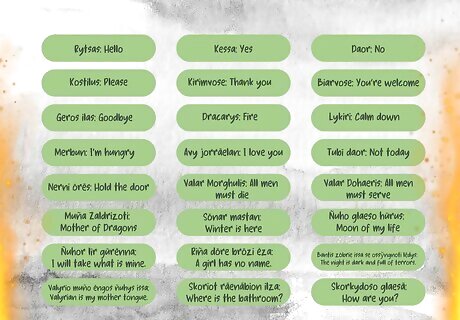
Since High Valyrian functions like a real language, it’s possible to learn it. Here are some common High Valyrian phrases to try out if you want to start learning how to speak the language yourself: Rytsas: Hello Kessa: Yes Daor: No Kostilus: Please Kirimvose: Thank you Biarvose: You’re welcome Geros ilas: Goodbye Dracarys: Fire Lykiri: Calm down Merbun: I’m hungry Avy jorrāelan: I love you Tubī daor: Not today Nerni ōrēs: Hold the door Valar Morghulis: All men must die Valar Dohaeris: All men must serve Muña Zaldrizoti: Mother of Dragons Sōnar mastan: Winter is here Ñuho glaeso hūrus: Moon of my life Ñuhor līr gūrēnna: I will take what is mine. Riña dōre brōzi ēza: A girl has no name. Bantis zōbrie issa se ossȳngnoti lēdys: The night is dark and full of terrors. Valyrio muño ēngos ñuhys issa: Valyrian is my mother tongue. Skoriot rāenābion ilza: Where is the bathroom? Skorkydoso glaesā: How are you? Ao ynoma dīnilūks: Will you marry me? Udrizi Valyrio ȳdrā: Do you speak Valyrian?
Advice for Learning High Valyrian
Check out the Duolingo course on High Valyrian. When learning a new language, it’s always helpful to have a structured, thought-out course to follow. So, if you’re serious about becoming fluent in High Valyrian, it’s a good idea to download the Duolingo app and start following the High Valyrian lessons it offers. You can use Duolingo to learn real languages as well, so it’s a good app to have, especially if you’re a fan of travel.
Listen to characters speaking High Valyrian in Game of Thrones. The sounds in High Valyrian can be a bit tricky to master at first, so it’s helpful to have a reference. Try listening to clips of characters speaking the language on Game of Thrones and House of the Dragon, so that you have some examples of the right way to say words and phrases.
Practice consistently until you master it. When learning a language, practice really does make perfect. It will likely take you a while to build up your vocabulary, memorize grammar rules, and master the specific sounds in the language, but if you’re patient and consistent, you can definitely become a fluent High Valyrian speaker eventually! If you have a friend who’s also a Game of Thrones fan, ask if they want to start learning High Valyrian with you. Practicing out loud with another person and having back-and-forth conversations can make a real difference when it comes to learning a language!
Other Fictional Languages
Dothraki The Dothraki language is yet another fictional language from the world of Game of Thrones. It’s spoken by the Dothraki, a nomadic group who live on the continent of Essos. This language was also created by linguist David J. Peterson, the creator of High Valyrian. Here are a few Dothraki words and phrases to try out: Khal: Dothraki warlord/leader Khaleesi: Dothraki queen or wife of a khal Anha dothrak chek asshekh: I feel well today Jalan atthirari anni: Moon of my life, term of endearment for a woman Shekh ma shieraki anni: My sun and stars, term of endearment for a man Ase shafki athdrivar: Your wish is my command
Quenya Quenya is the fictional language spoken by the elves in Lord of the Rings. Author J.R.R. Tolkien created the language (along with several others) to fully flesh out the world of Middle Earth in his fantasy series. You can hear characters speak Quenya in the Lord of the Rings movies, as well as the spinoff prequel series, The Rings of Power.
Na’vi Na’vi is a fictional language spoken by the Na’vi people in the Avatar movies. The full language was created by linguist Paul Frommer, but director James Cameron contributed some words, as well. Like High Valyrian, Na’vi is a fairly large fictional language (1,000 words), so many fans of the movies have started to learn it for fun.
Klingon Klingon is a constructed language that was invented for the Star Trek franchise. Linguist Marc Okrand created the language in 1984 for the third Star Trek movie, Star Trek III: The Search for Spock. Like High Valyrian, Klingon wasn’t created to just be a simple code for the movie. Instead, Okrand worked to give it unique linguistic features, so that it sounded like an authentic language.
Final Thoughts
High Valyrian is a fictional language that sounds very real. Constructed languages like High Valyrian are important world-building tools for fantasy media because they immerse the viewer in the story, making the experience more real and intense. In the case of Game of Thrones, details like these definitely paid off. With 59 Emmy awards across its 8-season run and an average of 44 million viewers for its final season, it’s clear GOT is one of the most successful shows of all time.










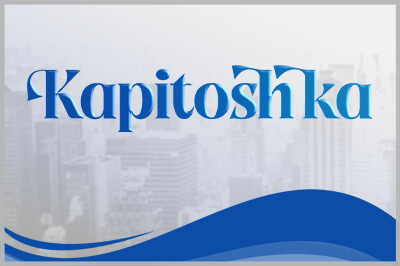
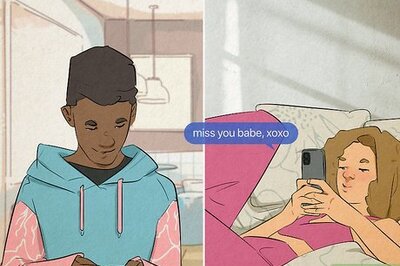
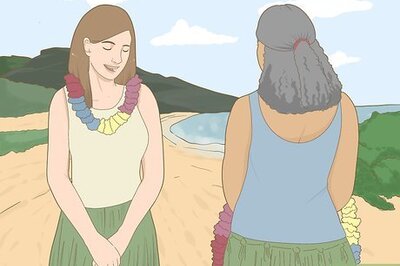
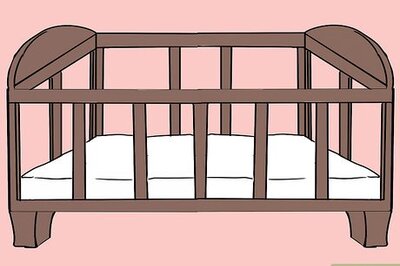
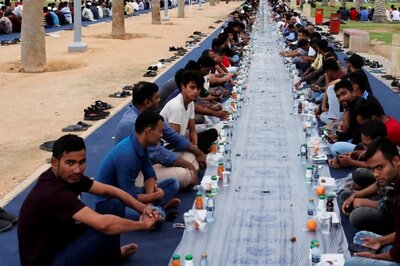


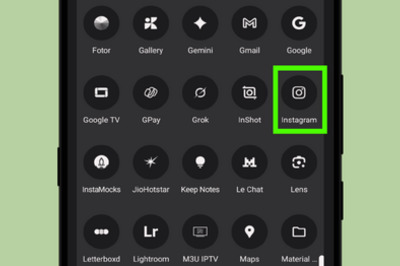
Comments
0 comment